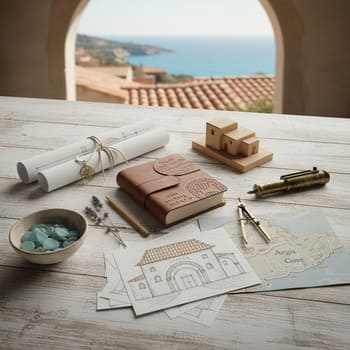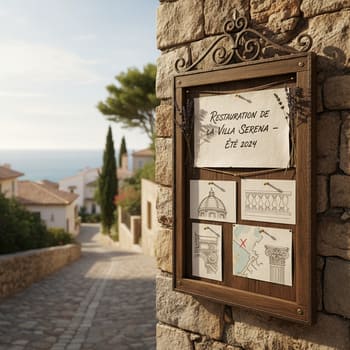
Daily
- Brush threshold with the grain.
- Vent check: lift/seat once.
- Wipe panes at hand height.
Forms that work with the hedge and the wind: gable for lift, lean-to for hush, clerestory for bright, calm draw.
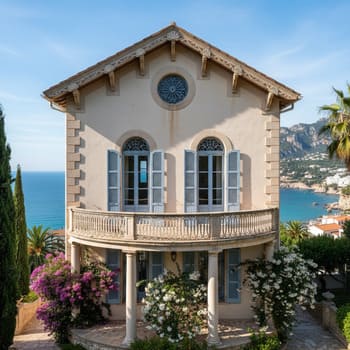
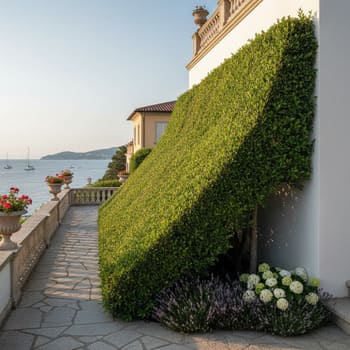

Each profile accepts repair and routine: low sills, readable drains, and vents that answer sun before schedule. Edges are eased to the hand; paths keep a neat line so mornings begin already half-tidy.
Saltwise timber and honest fasteners. The point isn’t to be unbreakable — it’s to be easily mended.

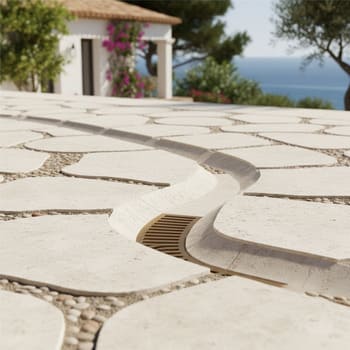
We tune shade for work, not drama. Slide to compare: a quiet, eggshell shade vs. unmasked glare.


Shade should read like good manners: even, legible light on the bench; no hard reflections at the sill. With the hedge’s help, vents can stay calmer and pages don’t lift.
Vents should open like good conversation: smooth start, clear stop, easy to read at a glance.


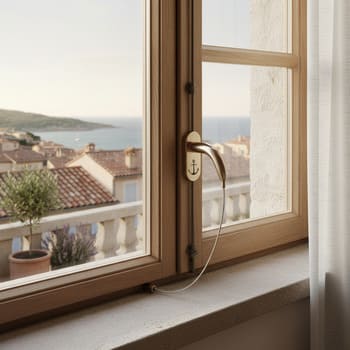
Up to 70° under calm; pinned at 45° in squalls.
Counter-sprung; 60% perceived effort reduction.
Low chatter; seals seat cleanly at close.
Water deserves a polite route: crisp drip-edges, reliable fall, and cleanouts that don’t hide.



The hedge is the first tool of shelter. Plant for roots, trim for porosity, mulch for patience.



Plant at a rhythm you can maintain: tighter for hush, looser for light. Aim for a breathable wall, not a seal.
Trim little, often. Keep the base wider than the crown so winter light still reaches the bed.
Deep, infrequent watering trains roots down. Mulch thick in spring; top up after hard blows.
A modular grid speeds assembly and makes future repairs easy: repeatable bays, readable fasteners, and clear labels for the next craftsperson.


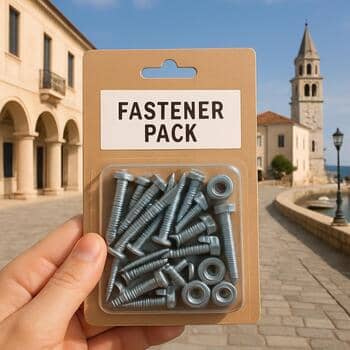
Thermal breaks and well-seated gaskets keep comfort steady: even light, dry thresholds, less condensation.
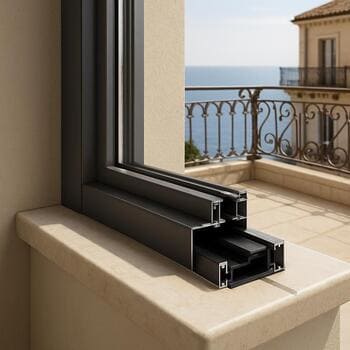

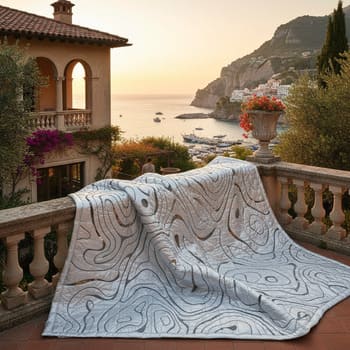
Routes you can feel: quiet hardware, low ramps, tracks that don’t trap grit.
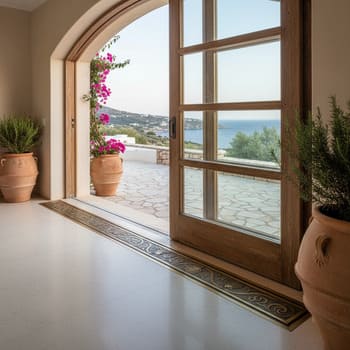

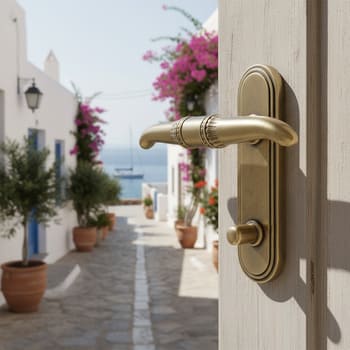
Work rests in the hands: bench at the right height, reach arcs that don’t strain, light without glare.



Adjustable in 10 mm steps; 90% users report less shoulder lift.
75% fewer awkward reaches with arc-based layout.
60% lower reflected glare at sill and page.
The room works best when sound is guided, not trapped: slat diffusion, soft seats, and a breathing hedge gap.


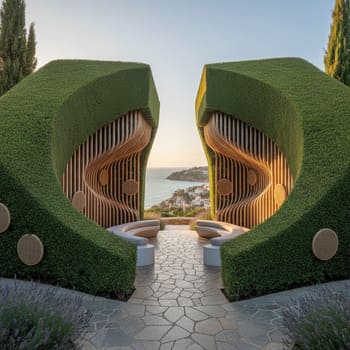
Small, regular rounds keep the glassstead cheerful. Label it, log it, and make repairs easy to invite.

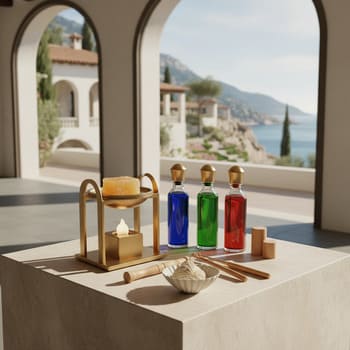

Clear labels make future work simple: part IDs, bay positions, and service arrows that stay visible after install.

Short codes; no paint colors; always left of the fastener line.
Practical rules that fit the work: clear walk lines, guarded edges, and hardware that can’t pinch fingers.
Keep walk paths legible; no protrusions into the corridor; threshold ramps read with the foot.
Guard any drop or sharp corner; rounded edges where hands pass; matte surfaces against glare.
Stops at hinge seats; felt at last contact; handles clear of the swing path.
Safety symbols next to the action, not hidden in a binder; arrows & notes in plain language.
A simple daily cadence keeps the room steady. Three cues, three checks — morning, noon, evening.
Vent lift to first stop; shade at light eggshell; check threshold line after dew.
Increase shade one step; vents track sun; confirm no glare on the bench.
Ease vents to rest; sweep with the grain; leave a finger’s width if the air stays warm.
Leave the next person everything they need: labeled spares, a simple log, and drawings that match reality.
